The Pink Mussel, Nickname "Pink Mother of Pearl"
A precious and seriously endangered freshwater shell, this uniquely colored variant was traditionally more valued in certain cultures like India. Ironically, as most of those species become quite rare, their value is being newly discovered in the Western World as well.
All pink mussels are a freshwater bivalve that that has many species under the family of 'Unionidae'. That same family also has many variants of white mussel shells, and as you would expect, those attract a lot less interest than their pink cousins. The exception is the Freshwater Mother of Pearl , a large species of freshwater mussel found in big Chinese rivers.
The outside appearance of those mollusks is reasonably similar across species, but the highly coveted pink mussels display a range of pink colors, only visible once the shell has been open.
Geographical origins
The most commonly known pink mussels are found in the South West Quarter of North-America, including the Mississippi River banks that are still in their natural state. Subtropical temperatures, large mud banks, slow moving river flows, and some lake beds are the main ingredients of their habitats.
However some pink mussels of the same 'Unonidae' Family were found and even cultivated in Bengladesh, with both the pearl and the shell being used in Indian Jewelry. Those natural pink pearls are locally referred to as “mukta”, and still being farmed today.
One of the examples of pink freshwater mussels exists in the largest lake in Japan, and is rich in natural pearl production, more on this link about lake Biwa Pearl Mussel. It is possible that similar habitats in other parts of the world are also hosting pink shells, but little seems to be known about them.
Are Pink Mussels a Mother of Pearl?
These shells have been cultivated since the late 1800's by the pioneers of the pearl farming industry, as they naturally produce their own pearls.
Japanese technicians later became the largest users of these shells, cutting them to make high quality pearl nuclei to supply pearl farmers in the Pacific regions. In this case, pink mussels indirectly helped the mother of pearl industry.
The nucleus is inserted into black pearl oysters and white pearl oysters. The mollusk in the shell then combats the discomfort from the nucleus by secreting 'Calcium Carbonate' (Shell material) all around it, effectively smothering the intruder. This is how precious nacre pearls are born, but only few with a perfect shape.
Some of The famous Pink Mussel Species in the USA
The Pink Papershell- Potamilus Ohiensis
Owes it's name to being more fragile than its close cousins like the pink heel splitter. Its other nickname is 'fragile heel splitter'.
Current Conservation Status
There is no running conservation order for this species: Not on CITES or US Fed red list. Also not on https://www.iucnredlist.org/

Bleufer or Purpleshell - Potamilus Purpuratus
Sometimes referred to as 'Proptera Purpurata". Apart from its colour being slightly more purple, it is very similar to the pink heelsplitter.
Conservation
Monitored by local conservation departments like the Missouri State Conservation. However, classified as 'not evaluated' under CITES, US Fed and IUCN organisations' red lists.
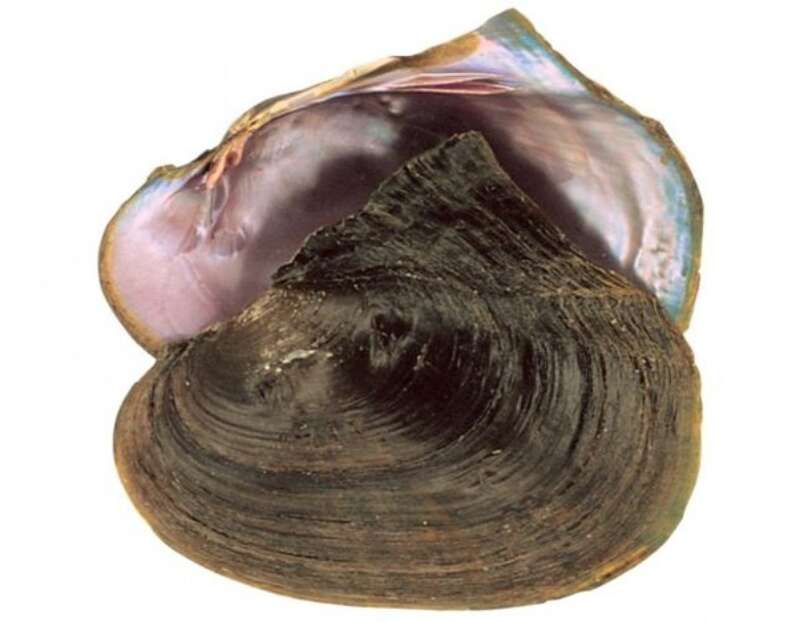
Pink Heel Splitter- Potamilus Alatus
Its more attractive pink has made it a popular pink mussel for arts, crafts and jewelry. Today, only scarcely available for commercial use.
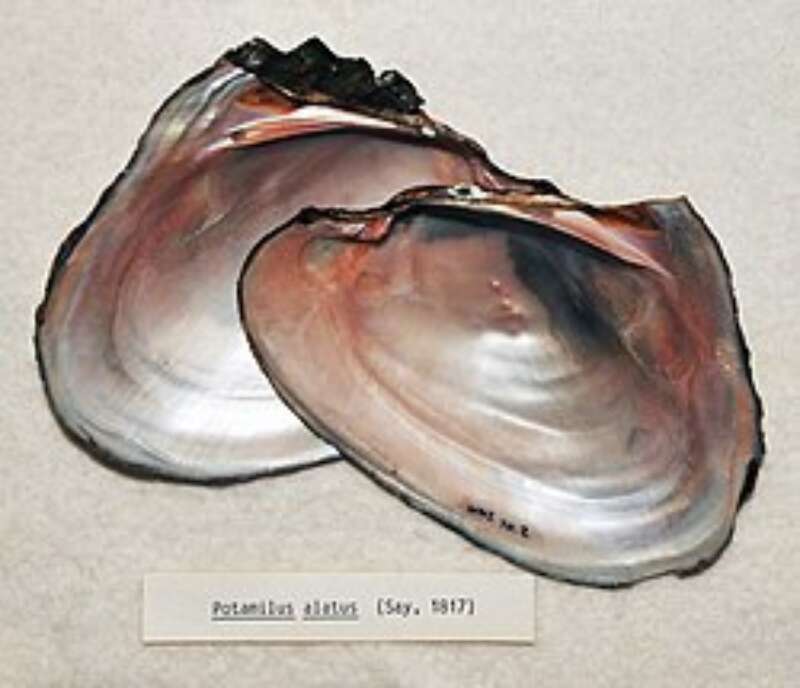
Conservation
Has 'No Special Status' under CITES, US Fed and IUCN.
Heelsplitters' Habitats.
Generally found in less than 1m deep waters with slow to medium flows on medium to large rivers. Mud, gravel and sand can be part of the mix in their habitat, occasionally found in lake beds too.
Wild Card, The Bank Climber - 'Plectomerus Dombeyanus'
Once again a dweller of medium to large rivers the Western Gulf Coastal Plains of North America, this thick and heavy shell for its size is a completely separate species. Still in the family as other pink shells above, it is often found buried in mud banks a few hundred meters away from the water, hence the nickname.
It is fair to say that its color is less attractive than other known pink shells, but it is still used by some jewelers.
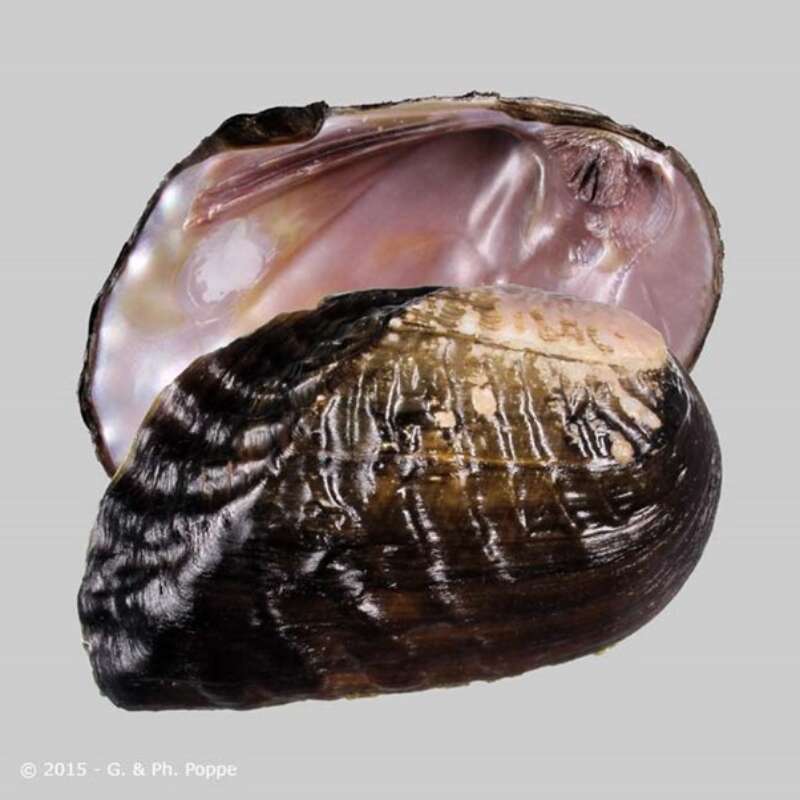
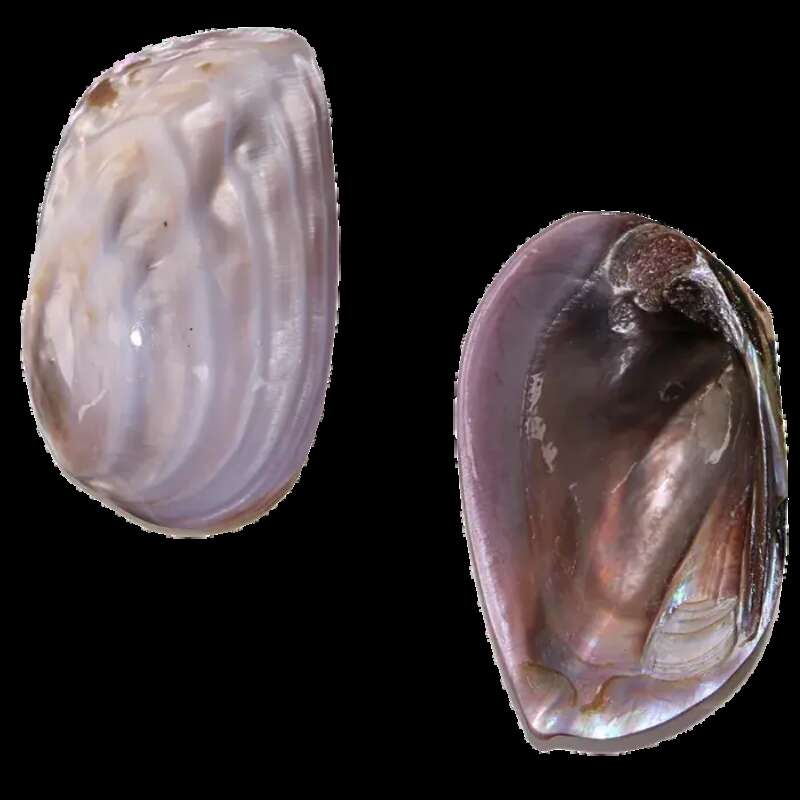
Protection:
Most species of fresh mussels in the 'Unonidae' Family are declining. Intensive industrial activity including dam control are largely responsible for their habitat loss. Overfishing has affected the species that carry the most value for their shell or pearl production. Their presence in rivers is a clear indicator of water quality.
At state level, conservation departments include those species in their general habitat protection and biodiversity programs. However, there is no ban on harvesting at federal level. It appears the scarcity of pink mussels has made them too difficult to source, and probably not a profitable trade.
Their survival is in the hands of state agencies, conservation enthusiasts and scientists through monitoring, creating reserves and 'rewilding' where possible.
The cooperative Freshwater Mussel Culture Project
In the early 2000's the The Dale Hollow National Fish Hatchery became active in regenerating populations of freshwater mussels, with the goal to re-populate selected habitats. Few people would see any point in protecting species that hardly anyone knows and very few will ever see. However, their role in filtering algae, bacteria, and other organic material from the water, can be crucial for water quality. They are an important food source for some predating fish, racoons, muskrats and otters. More details on this website.
Utilisation
Jewelry
Pink mussel has history almost as far back as the Pacific White Mother of Pearl although not so famous in the Western World until now. Both the pearl and the shell are prized jewelry components. Because of its size and shape, cutting jewelry pieces from the shell is the most obvious choice.
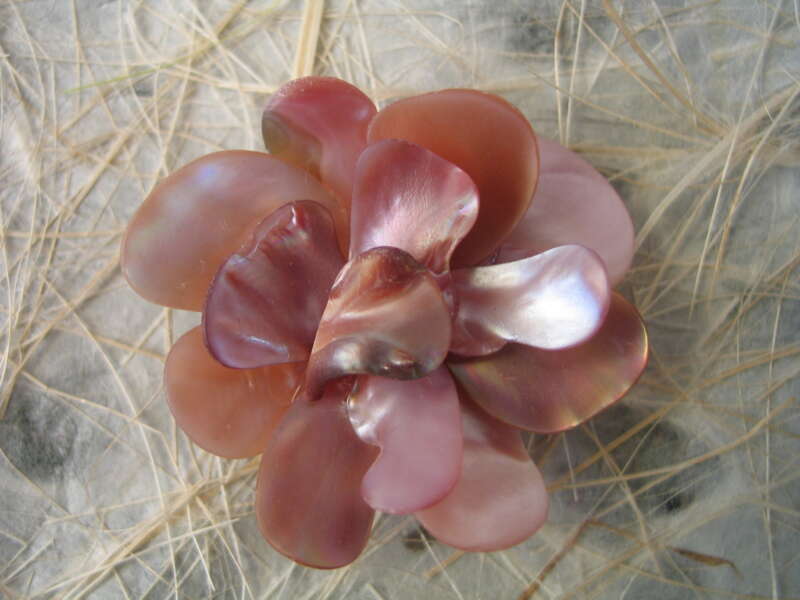
Very popular among Indian Jewelers, but also used in the Phillippines and increasingly in parts of Europe, with currently a surge in demand from France.
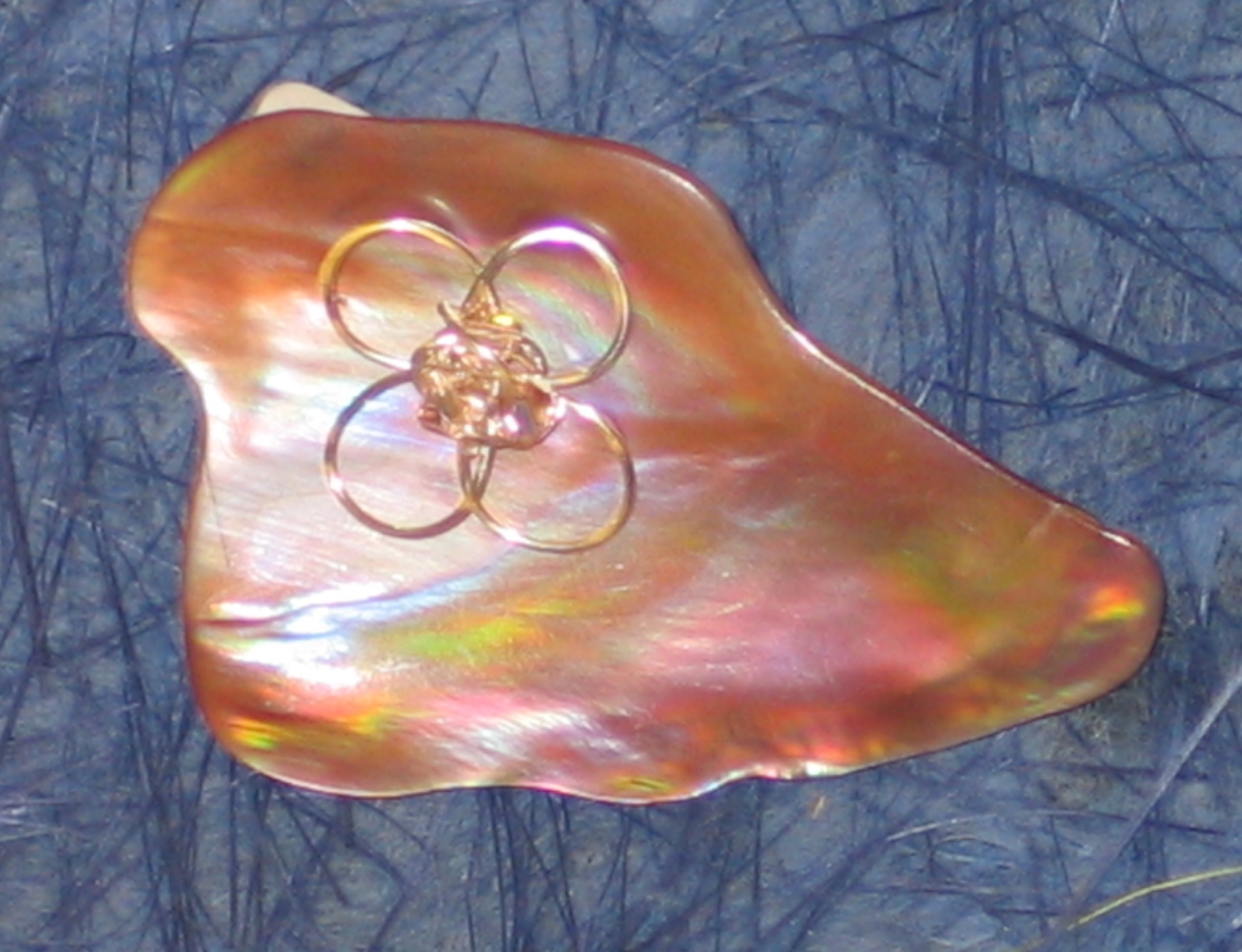
Wall Art
Clever artists have found subtle ways to integrate pin mother of pearl in their creations.
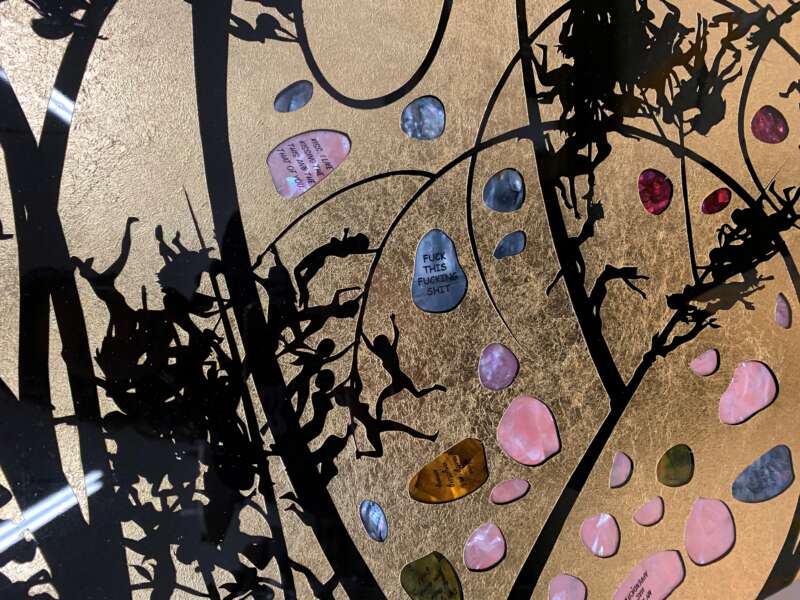
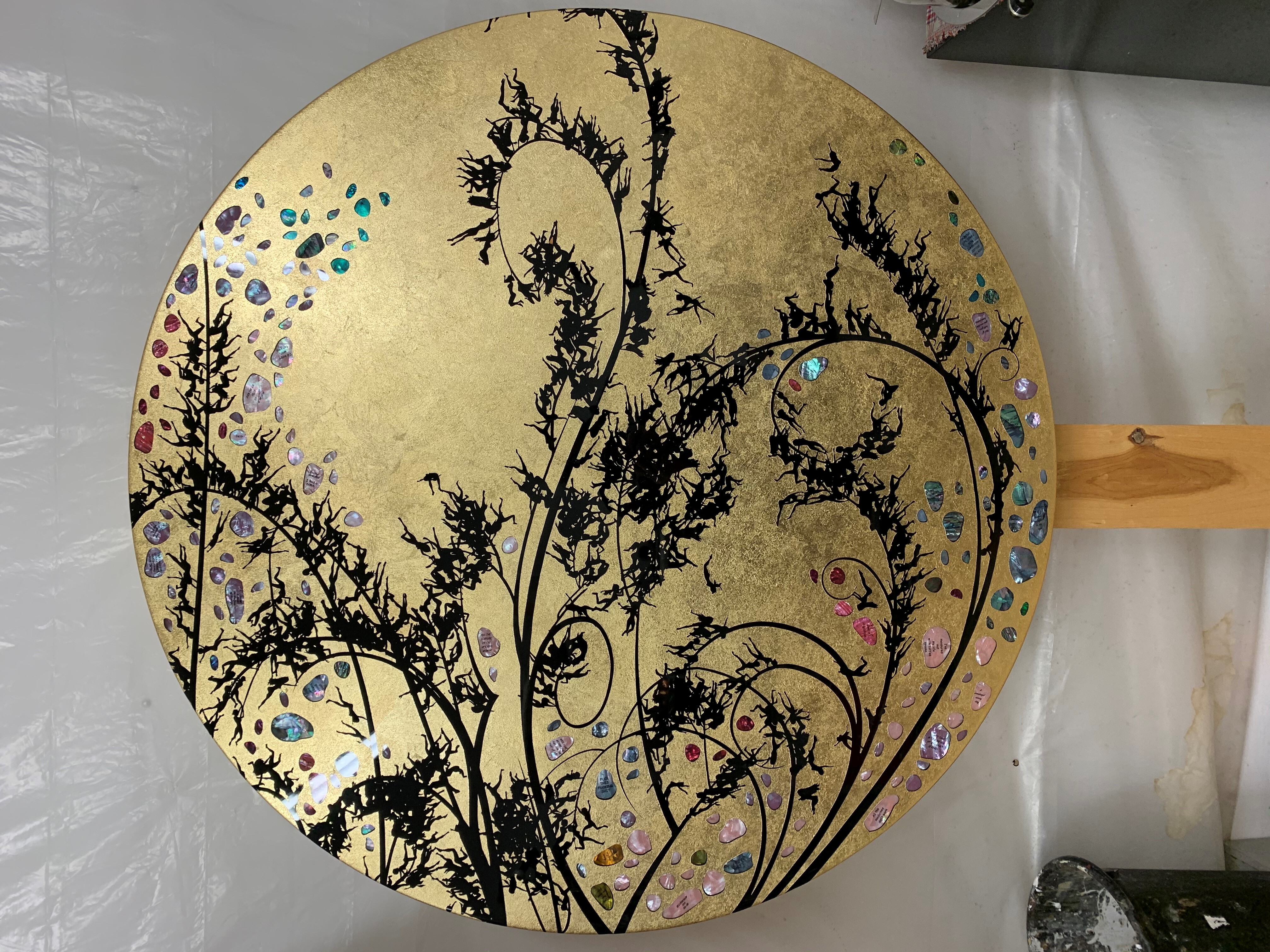
It is unclear whether pink mussel populations will ever recover from their current endangered status. Awareness of the species we are losing is the first step in trying to save them, and localized action comes next.
Tell us about your project...
Your project is unique, so we provide personalised advice before delivering worldwide from our studio in New Zealand.
Luméa products are made from natural shell with a variety of factors that affect form and function. If you can’t find the right product from within our range, then talk to us about our custom design service. We love to experiment and collaborate with our partners to create unique solutions.